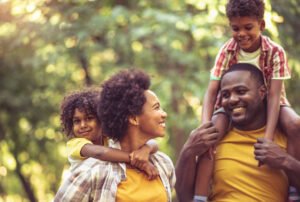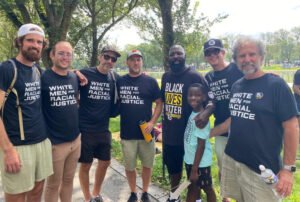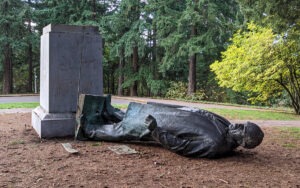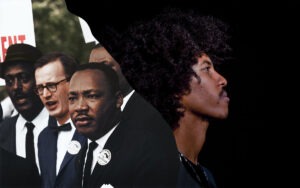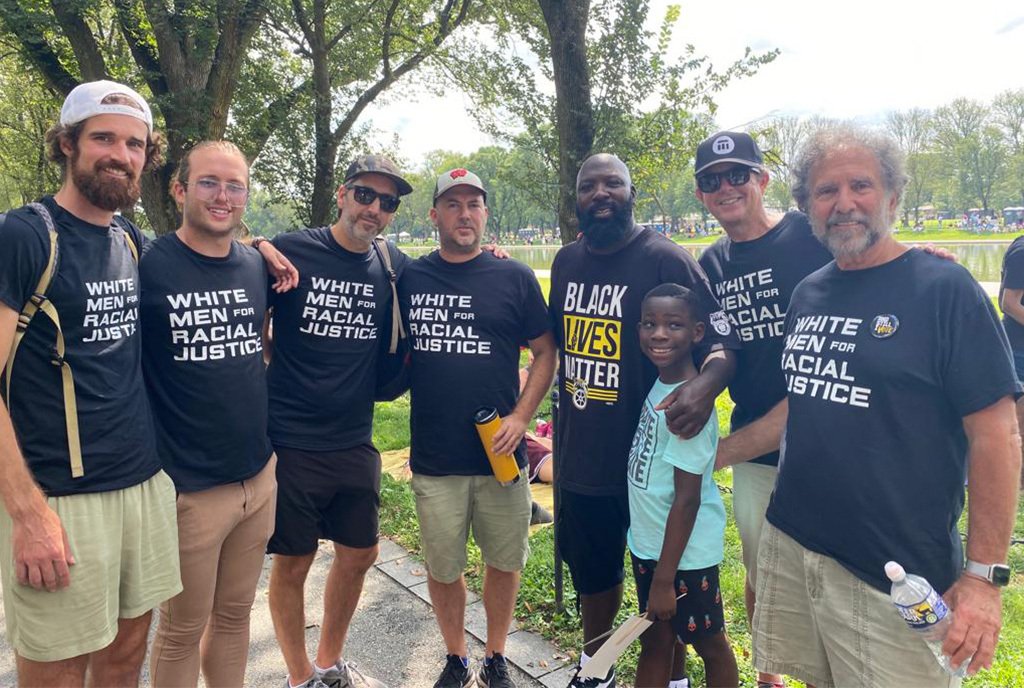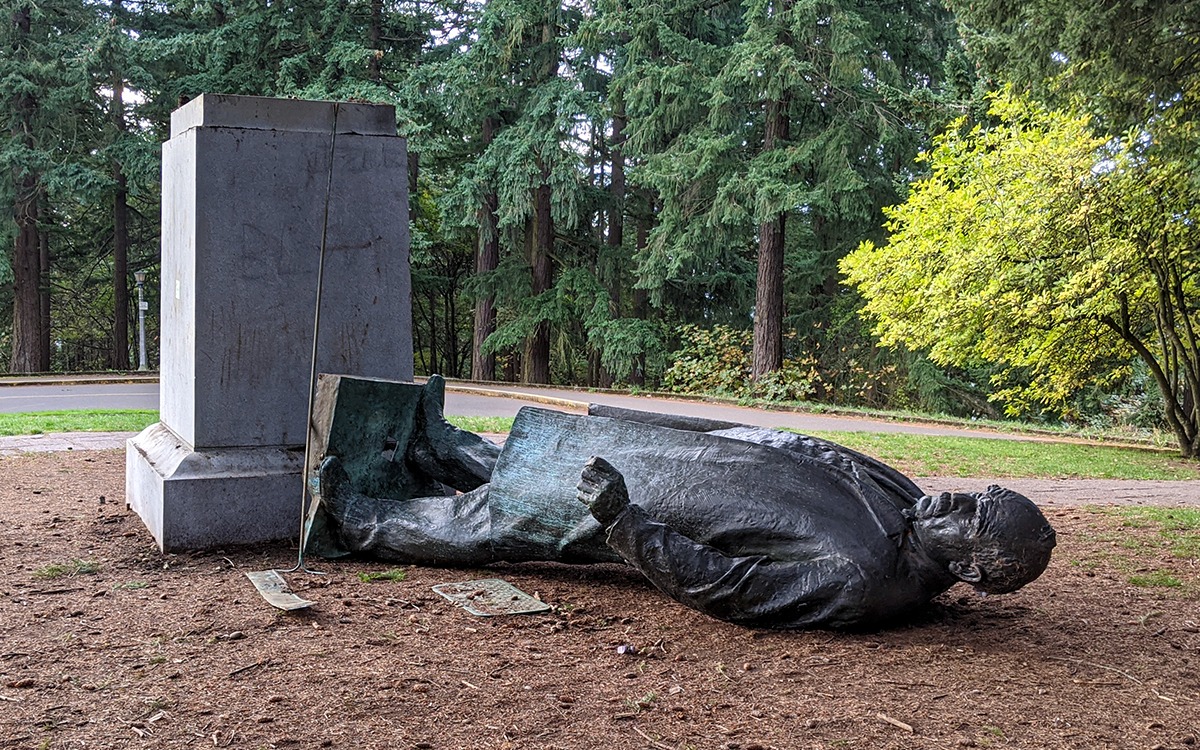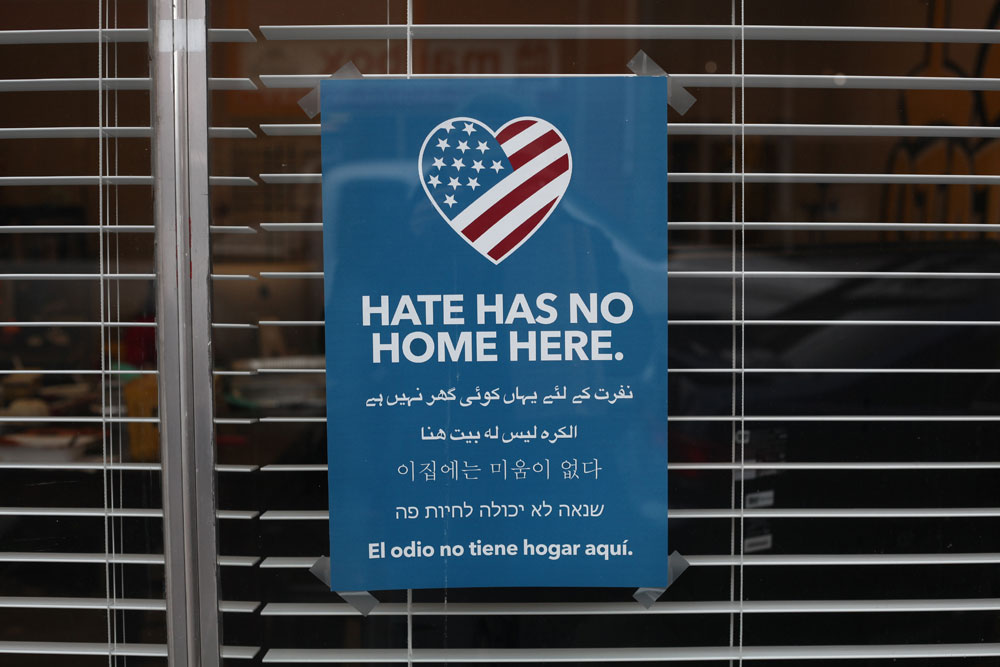
March 23, 2020; New York Times
“As the coronavirus upends American life, Chinese Americans face a double threat,” write Sabrina Tavernise and Richard Oppel in the New York Times. “Not only are they grappling like everyone else with how to avoid the virus itself, they are also contending with growing racism in the form of verbal and physical attacks.”
As Travernise and Oppel detail:
In the San Fernando Valley in California, a 16-year old Asian American boy was attacked in school by bullies who accused him of having the coronavirus. He was sent to the emergency room to see whether he had a concussion.
In New York City, a woman wearing a mask was kicked and punched in a Manhattan subway station, and a man in Queens was followed to a bus stop, shouted at, and then hit over the head in front of his 10-year-old son.
Tavernise and Oppel note that in interviews they conducted, “two dozen Asian-Americans across the country said they were afraid—to go grocery shopping, to travel alone on subways or buses, to let their children go outside.”
It does not help that President Donald Trump has, in contravention to World Health Organization guidance, repeatedly called the novel coronavirus a “Chinese” virus. Just this morning, Bloomberg reports he has agreed to stop the practice, but we’ll see if that sticks. (It was apparently part of a tit-for-tat contest.)
Sign up for our free newsletters
Subscribe to NPQ's newsletters to have our top stories delivered directly to your inbox.
By signing up, you agree to our privacy policy and terms of use, and to receive messages from NPQ and our partners.
Meanwhile, Asian-American advocacy groups and researchers confirm that they have seen a surge of verbal and physical assaults. For example, a study conducted by three researchers at San Francisco State University found widespread reports of Asian Americans facing discrimination in news articles related to the coronavirus between February 9 and March 7. The lead researcher, Russell Jeung, a professor of Asian-American studies, says the figures represent “just the tip of the iceberg” because only the most egregious cases get media coverage.
Benny Luo, founder and chief executive of NextShark, a website that covers Asian-American news, says, “We’ve never received this many news tips about racism against Asians,” adding, “My staff is pulling double duty just to keep up.”
As Tavernise and Oppel point out, the victims of racism come from all walks of life. For example, Edward Chew heads the emergency department at a large Manhattan hospital, where a large part of his job involves fighting the coronavirus pandemic. He says, however, that he has noticed people trying to cover their nose and mouth with their shirts when they are near him.
A writer for the New Yorker, Jiayang Fan, tells that New York Times that when she was taking out her trash last week, a man walking by began cursing at her for being Chinese. “I’ve never felt like this in my 27 [years] in this country,” she wrote on Twitter. “I’ve never felt afraid to leave my home to take out the trash [because] of my face.”
Chinese Americans, note Tavernise and Oppel, are not the only ones to face discrimination stemming from the pandemic virus. “Other Asian-Americans—with families from Korea, Vietnam, the Philippines, Myanmar and other places—are facing threats, too, lumped together with Chinese-Americans by a bigotry that does not know the difference,” they report.
What can be done? In Seattle, Deutsche Welle reports that, “two members of the Japanese American Citizen League, the nation’s oldest and largest Asian American civil rights organization…decided to start a Facebook group in their own time to help Asian Americans cope with the effects the coronavirus has had on their lives and businesses.” Within 12 days, the group had 11,000 members. Bill Tashima, one of the cofounders, noted, “We can’t let this happen. We need to support our community.” Tashima estimates that the group is continuing to grow by about 1,000 members a day.—Steve Dubb


